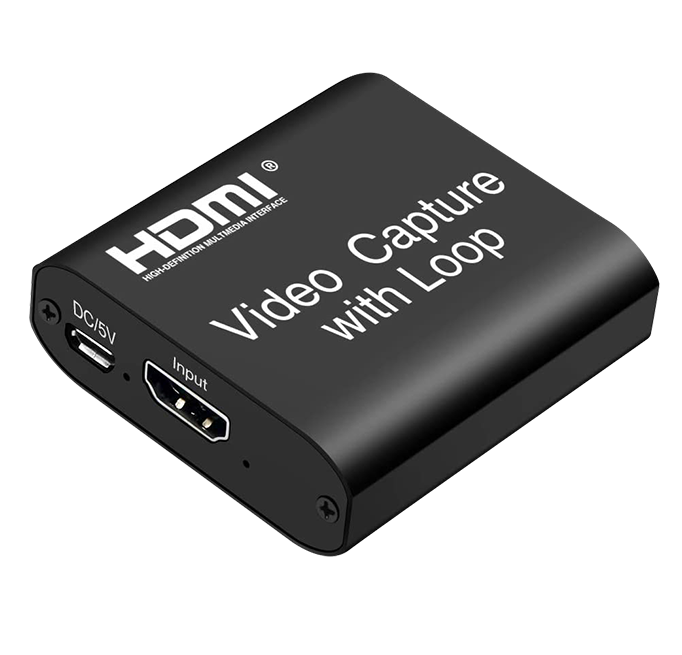A video capture card, also known as a capture device, is an essential tool for live streaming. It enables you to capture and transfer video signals from a camera, gaming console, or other video source to your computer for processing and broadcasting over the internet. There are two types of video capture devices for live streaming: USB video capture devices and HDMI video capture cards.
A USB video capture device is a small device that connects to your computer via USB and allows you to capture video from a camera or other source. It's a cost-effective option for those who want to start live streaming without investing in an expensive capture card.
On the other hand, an HDMI video capture card is a more advanced device that is used to capture high-quality video from an HDMI source. It connects to your computer's PCI Express slot or Thunderbolt port, allowing you to capture and stream high-definition video in real-time.
A video capture device for live streaming is an essential tool for those looking to start streaming video content online. It allows you to capture high-quality video and stream it to your audience in real-time.
USB Capture Cards are primarily used for recording and streaming screen content. Video streaming hardware is especially handy when you want to get a video signal from an external device and broadcast from a laptop or desktop PC.

To use a USB Capture Card, just follow these easy steps:
Connect your camera output to the USB Capture Card with the cable.
Connect the capture card to the provided USB cable.
Connect the USB cable to your computer.
Power your camera.
Log in to OBS/Vmix, etc. to configure related settings.

Internal capture cards tend to process video images faster, but they only make sense for Windows desktop PCs; most laptops require an external capture card.
You can consider the resolution/software compatibility and real needs of the USB Capture Card.

